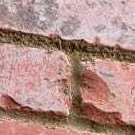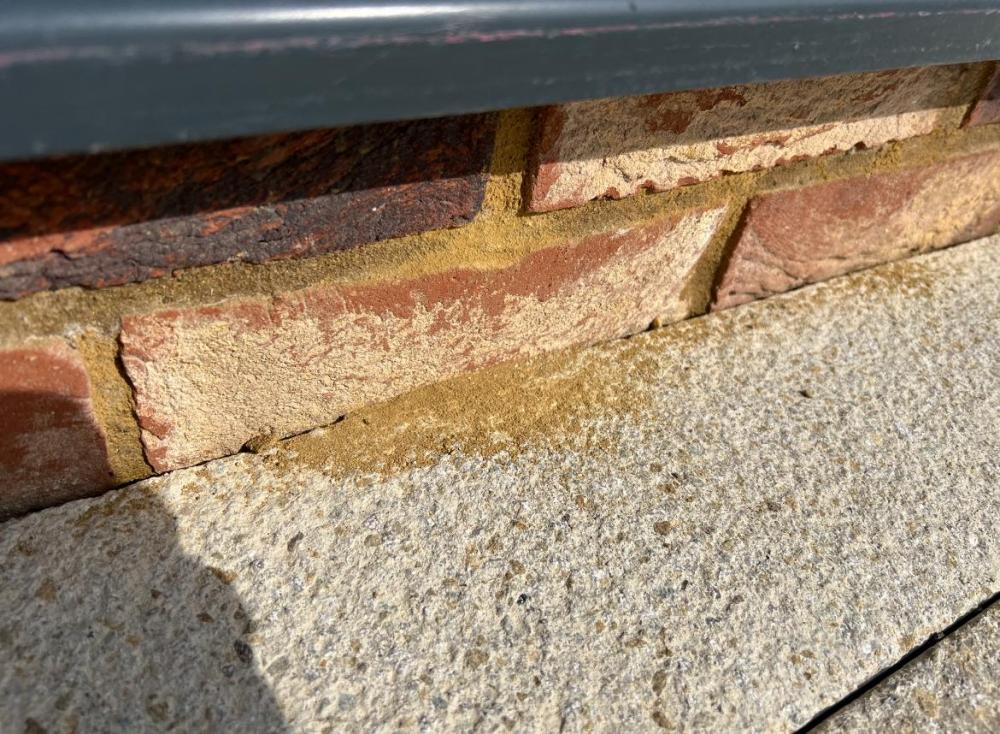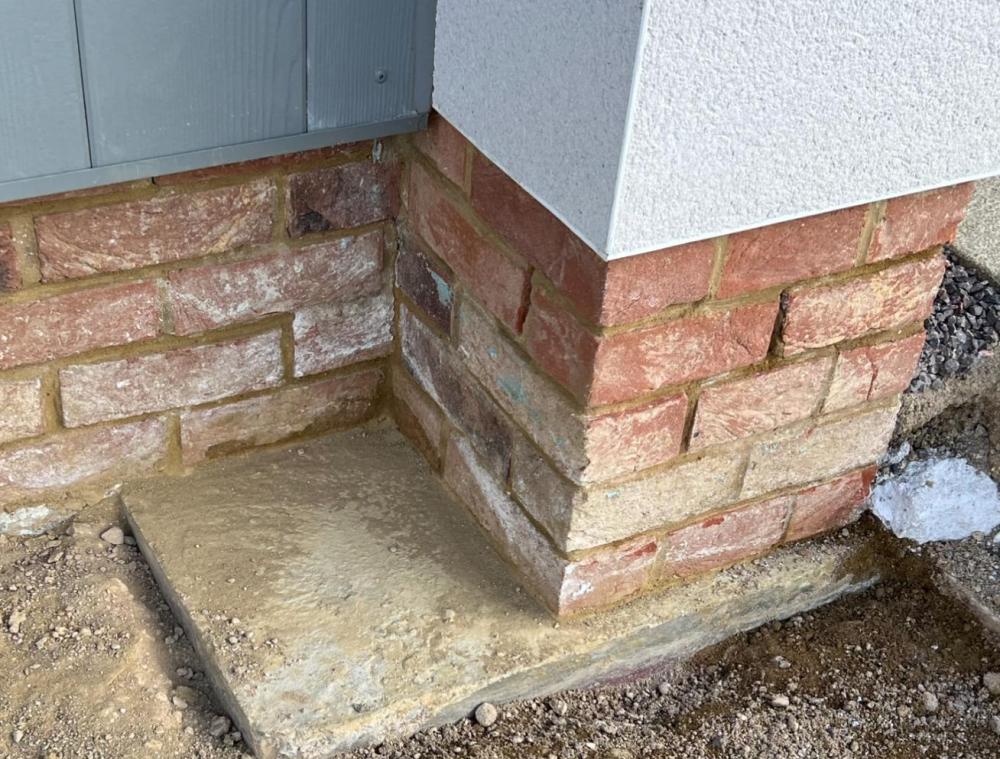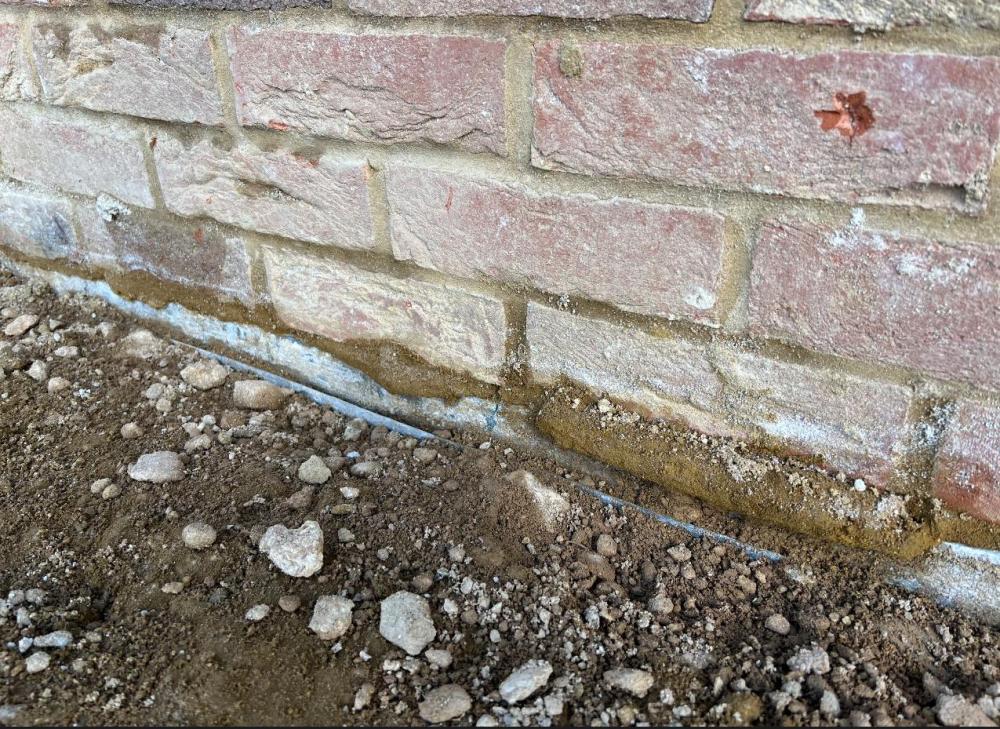-
Posts
74 -
Joined
-
Last visited
Recent Profile Visitors
The recent visitors block is disabled and is not being shown to other users.
Saul's Achievements

Member (3/5)
11
Reputation
-
They've got £65m in bank so should not be going bust. We've discussed likely outcomes and will be going through the finer details of what we all want when we have full confirmation and survey results for all 15 houses and approaching the developer with our requirements which may vary from full buy back to wanting to swap homes for ones that have not been built with sand. They have changed masonry company, mortar supplier and sacked their Construction Director already.
-
Seen all that. There have been lots of issues with Mortar. I think on this occassion it's not neccessarily the Factory Mixed mortar that is the issue but rather that it has been adulterated at scale on site after delivery. I have photographic evidence of huge piles of sand and pallettes of Hanson Cement on site during the build. Yes they may be used for other things but there is little scope for that and the developer had initially said after investigation that the below DPC issue was caused by human error during the site mix process. They withdrew this statement saying actually they used ready mixed mortar when they realised we wanted testing above DPC and on the Inner Leaf. I've had confirmatory tests that the below DPC weak mortar is the same as that used above. A more comprehensive suite of testing is about to happen across 15 homes (42 affected in total)
-
All valid points and the I had considered thing like wall ties not working with weak mortar and joists hanging and not having the correct support etc. The house has horizontal cracks down the side elevation on both sides at joist level so the issues are starting to show. We have a team of Chartered Surveyors who will be doing comrehensive surveys together with a specialist lawyer who only deals with private home defects for group action so feel we have the right people to take this on. We are going against the Developer not the Warrantly Provider who are sympathetic to our circumstances and also keen for a resolution given that this has been spotted one week after I moved in and ongoing for one year. The developer retains responsibility for first 2 years so had this not been discovered then the Warranty Provider would have inherited the nightmare for the following 8 years.
-
That is what we are doing. The Lawyers have instructed Surveyors to do a fresh batch of Testing that will be used as basis for the case. That should happen in the next month or so and then we'll have to let the Lawyers argue about the validity and principle of mortar testing versus the Developer's expert who did a visual inspection of 3 of the 15 homes at 15 mins per house and took some photographs. We're still waiting for his report and professional opinion.
-
Repointing is not going to make it comply with building regs. Our New build warranty has already been voided below DPC where the developer has acknowledged they failed to use M6 as per spec. M4 was spec’d for above DPC and on inner leaf but we have at best M2 and expect to find 1:10.5 on the houses that had that below DPC too. There is crazy erosion happening every time it rains. My house which is rendered has two full length cracks down either side elevation at floor joist height. The houses are all built with sand. Repointing is like putting glitter on roadkill. The developer has since sacked their Construction Director, the contractor has sacked the Masonry Company and they have changed mortar suppliers. New houses have grey mortar that has actually set hard and cannot be scraped away with your finger like icing from a cake. The warranty will be voided entirely once the full test results are known on all of the affected houses. Unlike the developer the Warranty Provider accept that it is industry practice to test mortar to get a ratio that will be indicative or mortar class give or take 0.5 N/mm2. The developer insists that 1:12 can be turned into M4 equivalent with special ad mixtures but research online shows these are just to improve frost protection, bonding, plasticity, longevity etc and do very little with regards to compressive strength. Without a warranty and without Building Regs the houses will not be mortgageable or insurable even if technically signed off by a Structural Engineer as safe to be left intact. They are meant to stand for 60 years + and be built to Spec and Building Regs. Our contracts contain that very specifically so they are in breach of contract for that. They’re in also in breach of contract because we won’t have a 100% cover 10 year warranty. I don’t see how they have a case if this goes to Court and whilst it will cost thousands if they insist on taking it that far they’ll just have to cover those fees. We are insured against loss in the event that the judge decides it’s fair for a developer to sell sandcastles to people and not obide by the terms of the contracts they signed.
-
Looks like I was wrong about there not be a professional on the planet that would assert that 1:10.5 could ever be used to build a house. They’ve found a mortar specialist Expert Witness that today said you could happily build a house with 1:12! He thinks that mortar test results are meaningless, that sandy mortar and erosion is normal for new build houses which use modern factory cement that contains special ingredients so erosion doesn’t mean it’s not strong enough on the inside. It’s no surprise that the builder is doubling down on their stance that they have used M4 regardless of the evidence. Lab results on my Inner Leaf and Above DPC have come back as 1:8. This is obviously going to end up in Court and be an Expert Witness v Expert Witness decider.
-
I discovered the issue with the mortar less than a week after moving in. It was therefore raised within the Defects Period which lasts for 2 years so Protek the Warranty Provider don't get involved. They cover the next 8 years. We are instructing a specialist Lawyer and commissioning Structural Surveys including extensive mortar tests above DPC and on the Inner Leaf. Bizarrely the Mortar Supplier has weighed in on this and said that they are happy with the Lab Test Results for the below DPC mortar which came back with ratios as low as 1:10.5. To suggest that such a mix could ever hope to achieve a compressive strength of 4N/mm2 is crazy and we are sure there is not a Structural Engineer on the Planet that would agree with that as an Expert Witness. I appreciate many Mortar suppliers do not adhere to NHBC Mix Ratios for Cement-Sand and instead use Design Mortars that aim to achieve compressive strengths set out in BS EN 998-2 but that surely means there is a range of mix within manufacturing tolerances that would never extend to the results we have back from the Lab so far. Regardless of ratio the lab state that on average over 90% of the material component of the sample was proved to be Sand leaving 10% for Cement, Lime, Blast Furnace Slag, Additives, Whatever. This is going to be a drawn out battle I am sure. Time for the professionals to take over!
-
Some samples taken to day from above DPC behind cladding and Inner Leaf by cutting through plaster board. Didn’t need power tools to remove as immediately disintegrated and as you can see looks like pure sand in the bags. Lab tests to follow. This will be put into the hands of professionals and lawyers to work on a proper resolution but looks like a pretty catastrophic problem for us homeowners, the developer and everyone else that lives here because you’d presume 42 houses being flattened would be a serious blight on the development. It seems crazy this could happen!
-
Saul changed their profile photo
-
The Builder did their own tests and the result have come back even worse! The at best sample showed mortar with a cement-sand ratio of 1:8.5 but it went as weak as 1:10.5. The builder is claiming this mortar was delivered to site from Marshalls ready mixed. They admit they made a mistake and ordered M4 when they meant to order M6. Clearly M4 which is typically 1:4.5 to 1:6 cannot spontaneously transform to 1:10.5. They subsequently tested 42 other houses and all have the exact same issue. They have begun repointing and were meant to rake out 68mm on the beds and perps across panels no wider than 1.8m. The builder said for safety they were ignoring the Structural Engineer’s Spec and did 60mm on beds and 10mm or perps however they then went much wider than 1.8m so that contradicts their safety argument. The Structural Warranty Provider has since said because this is a material alteration that the Structural Warranty below DPC is now Void but the rest remains. It has also been pointed out that even after remedial work the house now fails to comply with BS EN 998-2 because it is not 100% M6 and the residual mortar that was left has no relative compressive strength. We are about to engage a further investigation into the mortar used above DPC and on the Inner Leaf as we have been told that this was also Marshalls M4 but clearly something has happened post delivery to adulterate the mix. This is hugely stressful and I imagine we’re looking at demolition if the results above DPC and on the Inner Leaf do indeed match those shocking results from below DPC.
-
I feel like the 1 part of the 1 to 6 was optimistic as it really does fall apart like a sand castle with very little agitation. A crack has appeared along the entire side elevation. I’m sure they’ll pass it off as just in the render and part of the process with a newly built property but I’m expecting to see more signs of instability given what the exterior wall is standing on. Photos of the block work internally show that the mortar is grey in colour so it’s just this DPC course of bricks that were laid a short time before the block work was done. Still waiting for the contractor to attend to inspect/carry out their own (“witnessed”) tests. Very stressful!
-
I thought building regs were 1:3. Their test will apparently be witnessed but I still need to ensure the sample taken is the one that makes it to the lab. But yes whatever the technical mix it clearly isn’t doing its job. The DPC was laid in April and I’ve been in 3 months. When it rains and bounces back up at the mortar it gets visibly wet and holds the moisture and then as it dries it sheds sand like in this photo. I sweep it away and then there’s more after the next rainfall. This gradual erosion is on top of the chunks falling out like in the vertical gap shown in original post. Hopefully they’ll agree to rake out and repoint. The DPC membrane is also recessed 25mm in several places. They scraped out some mortar for a small section and added a thin strip of membrane but watched them and it looked like a right bodge. The retaining wall behind the house was done with engineering bricks and grey mortar and is solid but that was a different contractor.
-
Posted about this before but now extremely concerned so would appreciate comments / advice. My house is built on a Piled Slab with Rendered Block Work. The Damp Proof course of S2F2 Bricks have been laid using 1:6 mortar as confirmed by Independent Professional UKAS certified Lab Report. To be honest you don’t need a lab report as the mortar is washing out every time it rains and if you tickle it with a screwdriver it falls apart like a sand castle on Margate Beach. The side elevations have stronger mortar in places so clearly different batches but the majority of the front and rear are extremely sandy. (Also a side note, not sure why the front protruding pillars are not sitting on the concrete base but appear to have some kind of pad stone below them. The house was signed off by building control and has a 8 year Protek warranty that kicks in after the builders 2 year warranty. They are being very slow to act and insist this is 1:3 mortar but it very clearly is not. I’ve been asked not to contact my house insurance, mortgage provider or warranty provider until they have conducted their own tests. I’m very worried the house has the structural integrity of a Kit Kat and that it will be condemned and need bulldozing and rebuilding. Cheers Saul
-
it wasn't my architect and didn't think you'd need one for a simple garage. Have now got a designer working on it which is costing £600 that I'd hoped not to spend.
-
I didn’t draw the upstands. They would border around the front and sides 150m above the top of the front ferring but the back will be open to the gutter. Proper drawings are being done. This is just me playing on Sketchup.
-
architect says that the eaves height of a flat roof is measured at top of roof, ignoring the parapet which would sit above the top of the roof from the Government Website http://data.parliament.uk/DepositedPapers/Files/DEP2012-1435/Parapets.pdf For the purpose of measuring height, the eaves of a house are the point where the lowest point of a roof slope, or a flat roof, meets the outside wall. The height of the eaves will be measured from the ground level at the base of the external wall of the extension to the point where the external wall would meet (if projected upwards) the upper surface of the roof slope. Parapet walls and overhanging parts of eaves should not be included in any calculation of eaves height.










